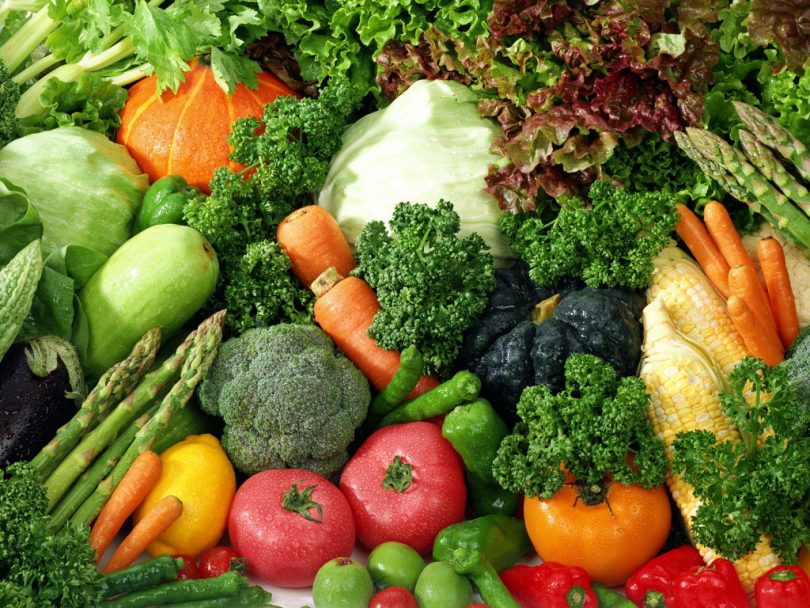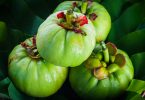With the way the global economy is headed, many people are beginning to consider learning to grow their own food (either as a survival tactic or to help trim grocery bills). Farming and growing your own food is an activity that is as old as human civilization itself; in fact, it is theorized that the first real human cities were established when the nomadic tribes decided to settle down and begin cultivating land and crops for annual harvests. If you’re interested in learning to grow your own food, you’re in luck. Just follow some of the recommendations found in this handy little guide and you’ll be on your way toward thinking about how you can become more self-sufficient.
For starters, you need to determine which types of crops are suitable for your region as well as the type of dirt you’re working with. Similarly, you’ll need to do some research to find out when the best planting times are (seasonally speaking). There are essentially four factors to consider:
-
Available space
-
Soil
-
Climate
-
Rainfall
Each of these four factors will help you to make the right decision concerning which types of crops you should ultimately plant. Perhaps the best way to get started in this area is to find a book or guide that covers the actual types of plants which are native to and thrive in your region.
Next, consider the nutritional content / value of the crops you’ll be raising. Not all plants, fruits and veggies are created equal; some have specific uses and benefits over others like higher concentrations of specific vitamins, minerals or protein. Regardless of what you ultimately decide to plant, you’re going to need to consider planting at least one staple food for your region, like potatoes, rice, wheat, oats or corn. Beans are also highly recommended and are an excellent source of protein. Likewise, green, leafy vegetables are loaded with critical nutrients and one should always make an attempt to grow at least a few varieties of different fruits. As always, tomatoes are highly recommended, regardless of where you happen to live.
Develop a definitive plan with regards to how you will use your space / farmland. If you really take the time to evaluate everything that you’re going to be growing, how / when it’s harvested as well as what crops are rotated in and out, you’ll find that you might be able to grow things year-round.
Lastly, think about how you will be storing your harvested crops. There are essentially three conventional ways of storing your foodstuffs:
-
Canning
-
Drying
-
Freezing
One of the best and simplest ways of storing crops is to can them. Traditionally, this would involve placing your veggies or fruits in a solution after cooking them (usually containing something such as vinegar) and packing them into air-tight sealed jars. Arguably this should be your first choice, but there are also other options, like drying or dehydration. If you life in a relatively arid climate, drying certain foods will be easy, you just hang them out on a line outside or place them somewhere in direct sunlight (think sun-dried tomatoes). There’s also the option of using a dehydrator, but if we’re talking about a lot of crops the energy costs of doing such a thing might make the entire activity uneconomical (it’s probably best to stick to dehydrating fruits). Of course freezing is always an option, but you must have the facilities ready to accept a large load of crops.







